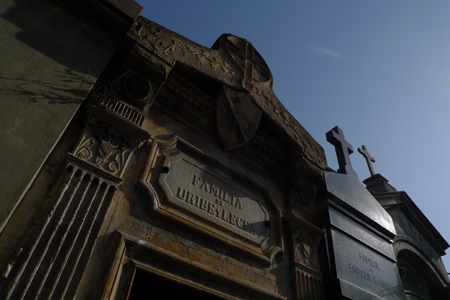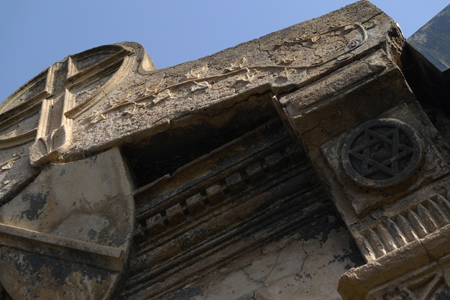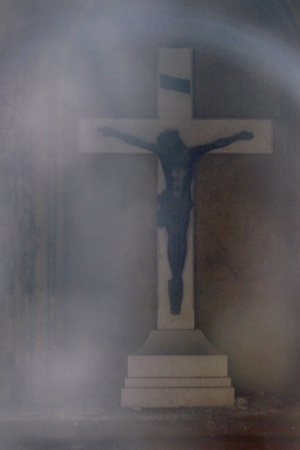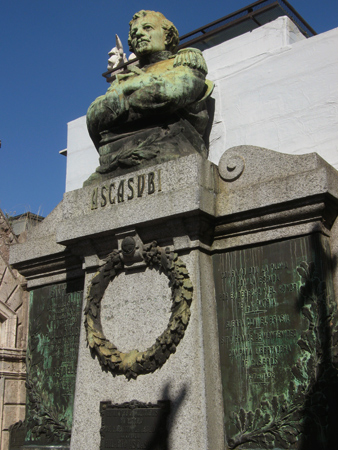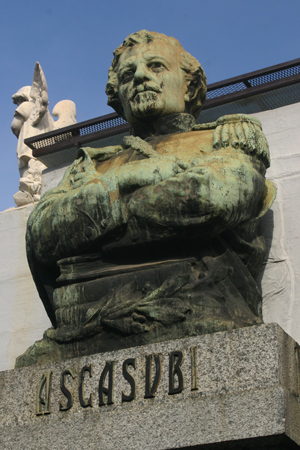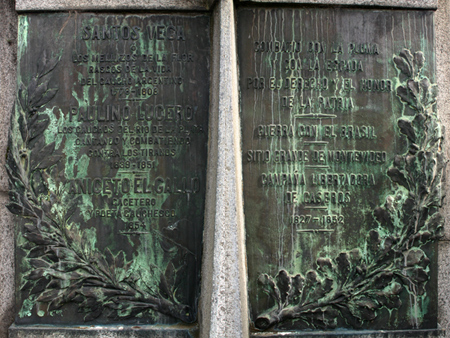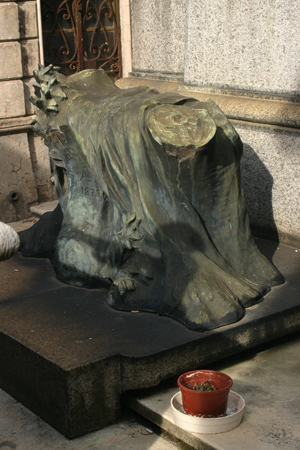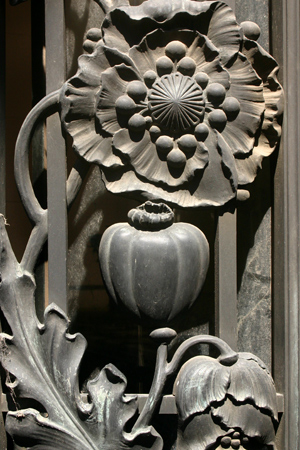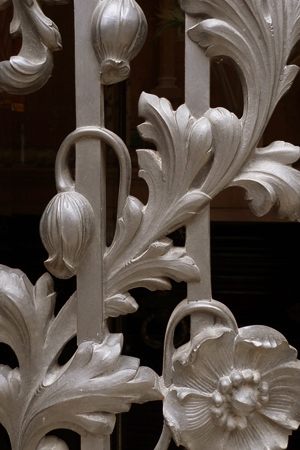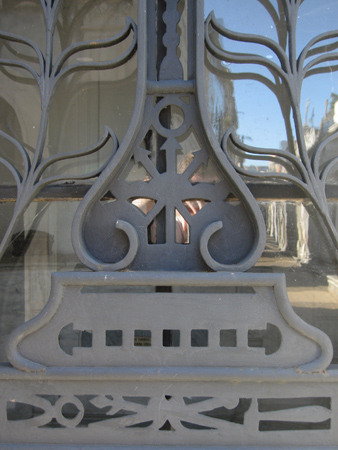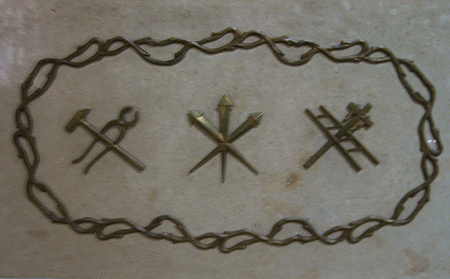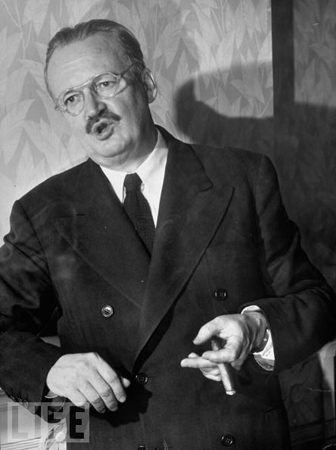
American anthropologist W. Lloyd Warner wrote the following in “The Living and the Dead: A Study of the Symbolic Life of Americans,” first published in 1959 (emphasis mine):
When cemeteries no longer receive fresh burials which continue to tie the emotions of the living to the recently dead & thereby connect the living in a chain of generations to an early ancestry, the graveyards must lose their sacred quality & become objects of historical ritual. The lifetime of individuals & the living meanings of cemeteries are curiously interdependent, for both are dependent on an ascription of sacred meaning bestowed upon them by those who live. The symbols of death say what life is and those of life define what death must be. The meanings of man’s fate are forever what he makes them…
This distinction between “active” & “dead” cemeteries & how their significance changes to those who are living is very interesting in the case of Recoleta Cemetery because it receives so much tourism. It straddles the line between Warner’s sacred symbol & historic site. While guiding, I would always remind visitors to be respectful because it is indeed a functioning cemetery & we often witnessed funeral ceremonies. As two distinct groups of people inside the cemetery for very different reasons, I have always considered taking photos of funeral services to be taboo… even though I’ve been tempted by some of the more elaborate displays.
Another overlooked aspect of Recoleta Cemetery is the role it plays in collective memory. Commemorative services—like that for Admiral Guillermo Brown—occur frequently, but they are usually only witnessed by a few. The interconnection & social ties that commemoration builds would seem to be lost, with participation limited to a very small percentage of the population. Tourists may enjoy witnessing such services, but they are intended for Argentines… who are often absent.
But anyone, tourist or local, can learn from Warner’s observation that the symbols of death explain what life is. Visiting Recoleta Cemetery helps us understand who we are by connecting with the past & giving us a sense of continuity. Perhaps that’s why I’m such a big fan of visiting cemeteries—I love seeing how different cultures deal with life.
Photo of W. Lloyd Warner: Margaret Bourke-White/Time & Life Pictures/Getty Images, taken on 01 May 1949. Post inspired by “The Collective Memory Reader” edited by Olick, Vinitzky, Seroussi & Levy (2011)… a fantastic collection of essays investigating society’s interpretation of the past & present.
2 Comments